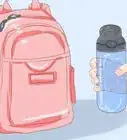wikiHow is a “wiki,” similar to Wikipedia, which means that many of our articles are co-written by multiple authors. To create this article, 28 people, some anonymous, worked to edit and improve it over time.
This article has been viewed 77,644 times.
Learn more...
Choosing a backpack for school can be a lot of fun. For the best bag, think about style but also consider important factors like fit and functionality. Follow these tips to make sure your backpack will work well for you.
Steps
Choosing Backpack Features
-
1Consider size and pockets. Determine what size objects and how much weight you will carry to school. Also think about what sorts of pockets you will need. College students will have different needs from those of first-graders. Some things to keep in mind include:
- Do you need a compartment for your computer?
- Do you need a place to put your lunch?
- Do you need places to put pens, keys, or other small objects?
- Do you want water bottle holders or mobile phone pockets?
- How many binders, notebooks, and books will you need to carry at once?
-
2Choose a fabric. The fabric a backpack is made of will determine its weight, breathability, and durability.
- New synthetic fabrics will last longest, but leather ages with more character.
- Synthetic fabrics are lighter-weight than leather. If you choose a leather bag it will be much heavier even before you begin to load it.[1]
- Synthetic fabrics like polyester and nylon are more water-resistant than natural fibers like cotton.[2]
- Natural fibers like hemp are more environmentally sustainable than synthetics. If you care about having an eco-friendly bag choose a natural fiber.[3]
Advertisement -
3Check the zippers. Look closely at the closures for the pockets and make sure they are sturdy and easy to close.
- Choose double-headed zippers for easiest access.
- Look for heavy-duty zippers that will hold up over time.
-
4Consider current fashions. Style is an important feature of a school backpack. You will want a bag that looks good and is also similar to backpacks that are currently in style.
- Prints are fashionable right now, but consider solid colors too because you will wear the bag every day and it has to match a lot of outfits.[4]
- About half of the backpacks sold by one of the biggest companies, Jansport, are black. If you want a sleek, timeless bag that will fit in with the crowd you can't go wrong with a black backpack.
- Try an eco-friendly bag. Backpacks made from recycled or sustainable materials are very trendy.
Choosing Straps and Padding
-
1Consider straps and padding. Think about how much padding you will need in order to carry the weight in your bag comfortably and safely.
- Choose a bag with wide, padded straps to properly support weight on your shoulders.
-
2Choose a bag with adjustable shoulder straps. The straps should be adjustable so that you make the bag sit firmly against the strongest part of your back. If the bag sways around or sits too low on your back it can cause back pain and spine problems, especially if it is very heavy.[5] According to the American Academy of Pediatrics, a child's backpack should sit about two inches above the waist.
-
3
-
4Consider a waist strap. If you plan to carry very heavy loads regularly you may want a strap the clips over your waist to distribute the weight more.
-
5Consider a padded back. Some backpacks have padding on the back to add additional comfort.
Choosing Types of Backpacks
-
1Consider messenger style bags. A bag with two straps instead of one will offer more even weight distribution and be better for your back, but messenger style bags with one strap might look more fashionable.[8] Decide which advantage is more important to you.
-
2Look at top-loading backpacks and full-zipper bags. The classic backpack has a full zipper that goes all the way around from near the base on one side, over the top, to near the base on the other side. Other backpacks open only at the top and may include a flap that folds over as a closure instead of a zipper.
- Full-zipper bags allow for easy insertion and extraction of large items or a lot of items at once.
- Top loading bags may give a little extra space because the top flap can be fastened over large or protruding items such as a jacket.
-
3Consider a wheeled backpack. In recent years backpacks with wheels that can be pulled instead of carried have become more popular. These can be a good option for carrying heavy loads.
- Keep in mind that a wheeled bag will be much heavier even before it is loaded because of the added frame, handle, and wheels. If the bag is for a child, make sure they can lift it: when you do have to pick it up it will weigh more than a regular bag.[9]
- Wheeled bags can be more difficult to move around in crowded areas such as a busy hallway between classes.
- Wheeled bags are great for carrying very heavy items like lots of textbooks that you don't want to lift and wear on your back.
- Some schools have rules about wheeled bags and some schools do not allow them so check before buying.
Deciding Where to Buy
-
1Decide to buy online or in person. There are some advantages to buying online but finding a bag in person can give you a better feel for what you are getting
- Buying online may offer you more choices and a lower price.
- Shopping in person will enable you to try on the backpack, make sure it fits well, and examine the inside of the bag to see additional features.
-
2Choose a store. Backpacks are available at a variety of retailers. Big sellers may offer a lower price but specialty stores have more expertise. Consider these kinds of retailers:
- Online vendors like Amazon, these have a large selection and low prices.
- Online shoe sellers like Zappos carry bags and sometimes offer free shipping and allow you to try on products and return them for free if they don't fit well.
- Big box stores. Stores like Walmart or Target sell backpacks in physical stores and online.
- Sporting goods stores. Stores that sell sports equipment usually sell a lot of backpacks.
- Luggage stores. Retailers that specialize in luggage are a great place to find backpacks.
- Specialty bag makers. Some companies, like Jansport focus on backpacks. You can buy directly from these companies online or find their bags in stores that carry backpacks.
- Outdoors stores and backpacking stores. Retailers like L.L. Bean or North Face that focus on outdoor goods stock backpacks and they often have specialized salespeople who can help you select a bag and instruct you about proper fit.
-
3Try on backpacks in person. It may be tempting to order a backpack online but it is best to try them on in person to make sure they fit and to see other features.
- Try on the bag you want to buy to make sure it feels comfortable and can be adjusted to fit well.
- When viewing bags in person, open the bag to look at inside pockets and features. Often these are not visible in photos on online shopping sites.
References
- ↑ http://www.washingtonpost.com/lifestyle/on-parenting/how-to-choose-a-backpack-for-your-child/2013/07/23/b1125de2-d85d-11e2-9df4-895344c13c30_story.html
- ↑ http://www.parents.com/kids/education/elementary-school/choosing-the-best-backpacks-for-kids-/
- ↑ http://www.parents.com/kids/education/elementary-school/choosing-the-best-backpacks-for-kids-/
- ↑ http://www.teenvogue.com/back-to-school/fashion/2013/07/back-to-school-backpacks
- ↑ http://www.osteopathic.org/osteopathic-health/about-your-health/health-conditions-library/childrens-health/Pages/backpack-safety.aspx
- ↑ http://www.osteopathic.org/osteopathic-health/about-your-health/health-conditions-library/childrens-health/Pages/backpack-safety.aspx
- ↑ http://physioadvisor.com.au/health/ergonomics/choosing-a-school-bag
- ↑ http://www.osteopathic.org/osteopathic-health/about-your-health/health-conditions-library/childrens-health/Pages/backpack-safety.aspx
- ↑ http://www.goodhousekeeping.com/childrens-products/kids-backpack-reviews/g2037/kids-rolling-backpacks
About This Article
To choose a backpack for school, look for one that’s made from a lightweight, durable material, like nylon or polyester. Additionally, pick one with wide, padded straps that you can adjust to fit you properly, while supporting the weight on your shoulders. You should also choose a backpack that has heavy, double-headed zippers, which provide easy access and will hold up over time. If you have a lot to carry, consider a full-zipper bag instead of a top-loading backpack, so it’s easier to pull things in and out. For more information, including how to decide whether to get a messenger-style bag or a wheeled backpack, read on!
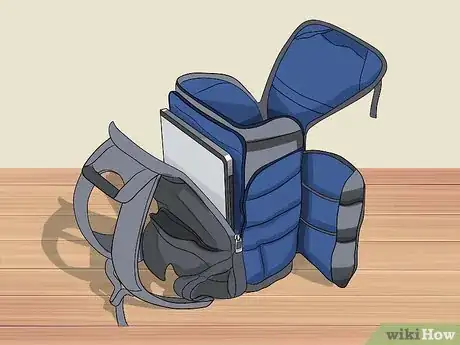
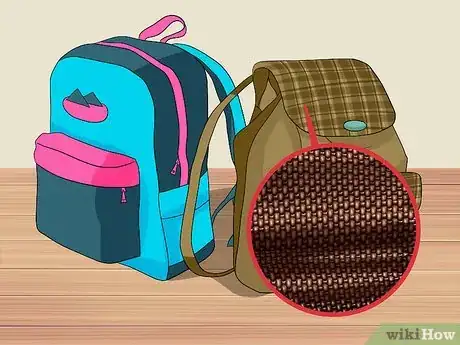
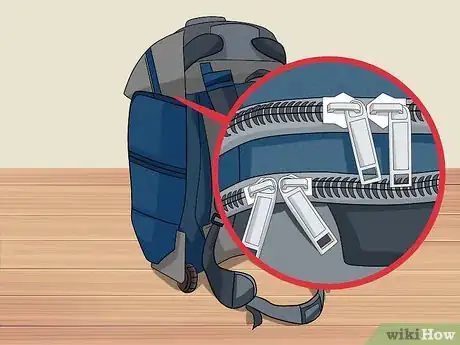

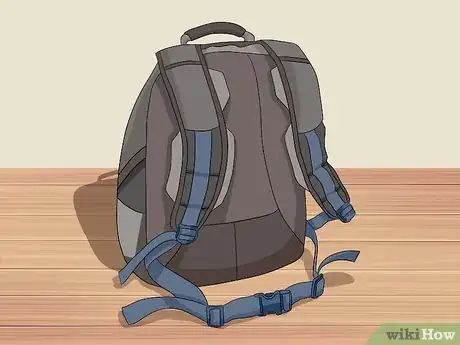
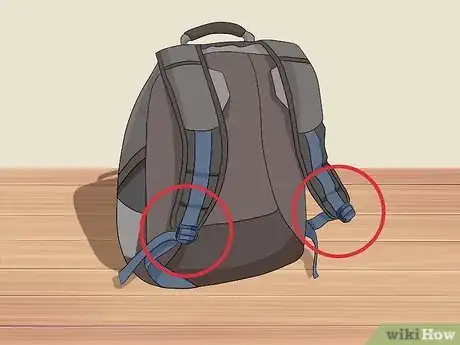


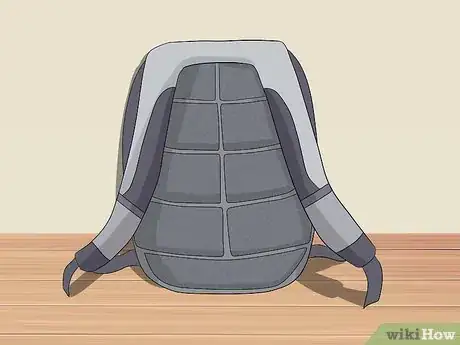
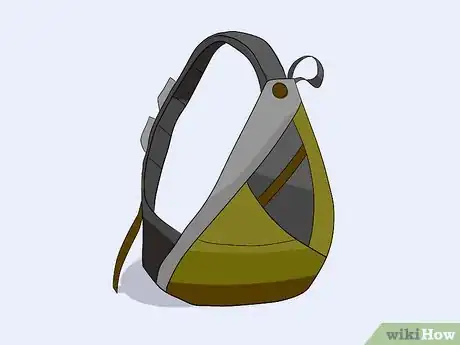
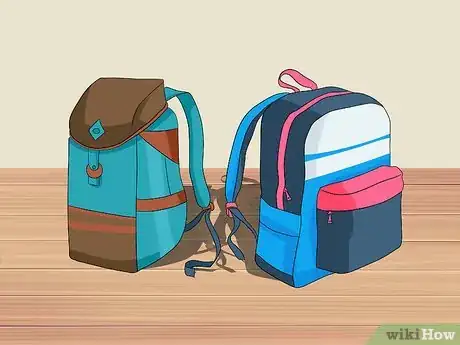
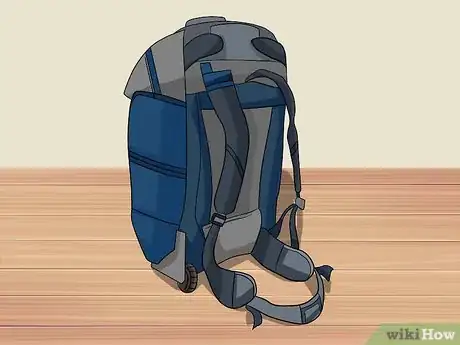
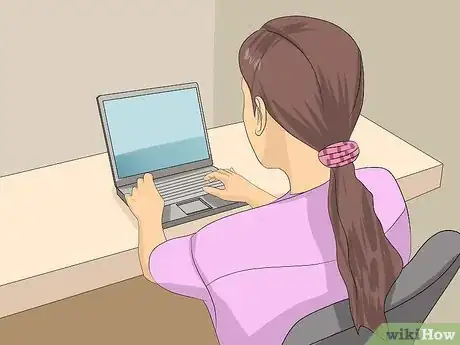
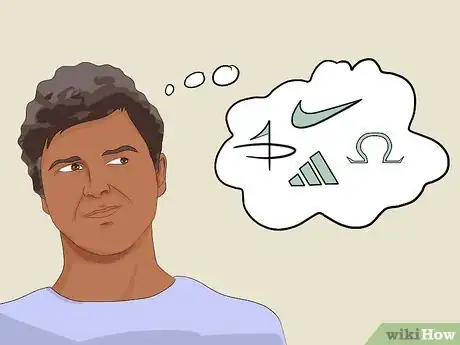
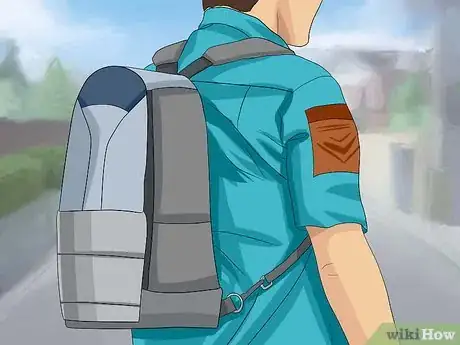
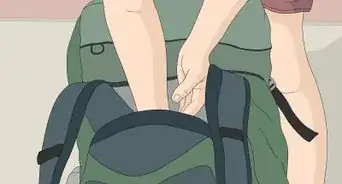
-Step-8.webp)
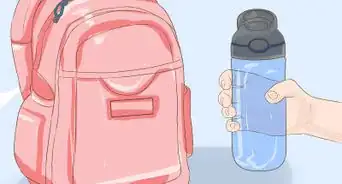

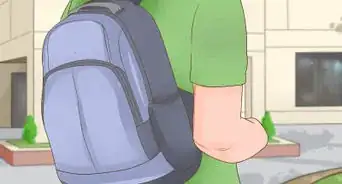


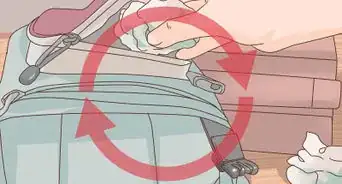

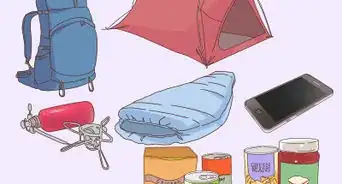
-Step-5.webp)
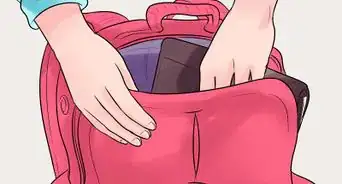
-Step-8.webp)









-Step-8.webp)
